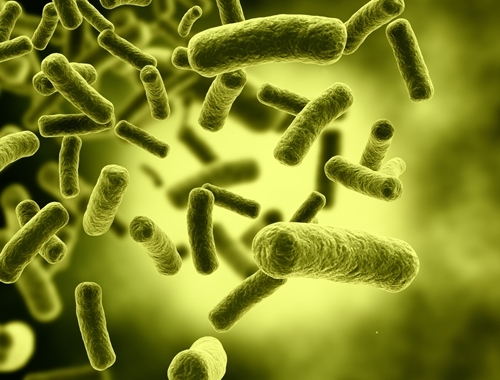Botulism is a fast-acting form of food poisoning that can spell serious consequences for your horse. But recognizing the earliest signs of it could help save your horse’s life.
Take this into account: A single teaspoon of soil can contain as many as a billion types of micro organisms. One type of bacteria is called Clostridium botulinum, which has the potential to be severely detrimental to your horse’s health. In certain conditions, C. botulinum creates one of the most deadly biological poisons, botulism toxin. A contaminated source could kill a herd feeding off the soil.
The good news is, botulism among horses is quite rare.
Adult horses typically ingest toxins produced by the bacteria in feedstuffs. It is widely acknowledged that horses can pick up the toxins when they eat hay that has been contaminated. Storing food in an environment that fosters the growth of bacteria, such as in a moist, warm, anaerobic environment, raises the risk of contamination. The most prevalent type of infected feed is hay in big bales that were either harvested too moist or stored improperly. According to Kentucky Equine Research, improperly ensiled haylage is also linked to equine cases of botulism. In the second type, foals ingest C. botulinum that multiply in the gut and go on to create the toxins.
Clinical signs
Important clinical signs of botulism include:
- Weakness. Botulism triggers weakness because its toxins prevent the release of acetylcholine from nerves, which signals the muscles to contract.
- Difficulty eating or swallowing
- Shaking
If you notice any signs or suspicions of botulism, contact your vet immediately.
Conditions
C. botulinum is gram-positive and anaerobic, meaning that it thrives where little oxygen is present. Thus, the single most crucial environmental condition is the lack of oxygen. In addition, some pH and moisture constraints factor in as well.
There are seven distinct botulinum toxins, labeled by letters A through G, but only three types – A, B and C – are likely to produce illness in horses.
“Type B is most frequently seen east of the Mississippi River, especially in the Mid-Atlantic region and Kentucky,” Amy Johnson, DVM, DACVIM, of the University of Pennsylvania, told EquiSearch. “On the West Coast we more frequently see type A in the soil. Some estimates have stated that up to 85 percent of cases in the U.S. are type B, which means that most of them are in [the Mid-Atlantic] and Kentucky, with smaller numbers of type A in other regions west of the Mississippi.”
Most affected horses need to be hospitalized
How to make sure your horse doesn’t get botulism
The single best thing you can do to reduce the risk of botulism for your horse is ensure good feeding practices. Hay that contains any traces of animal carcasses have been known to infect feeding horses, making it imperative to remove any hay that falls into this category. It’s also important to get rid of hay that has been sitting out in moist environments, which reduces the likelihood of contamination, especially when the ground is wet from rain or snow.
Also keep on the lookout for wound botulism, which occurs when spores enter a deep wound that then heals over the surface. This type is even more rare than botulism from food.








